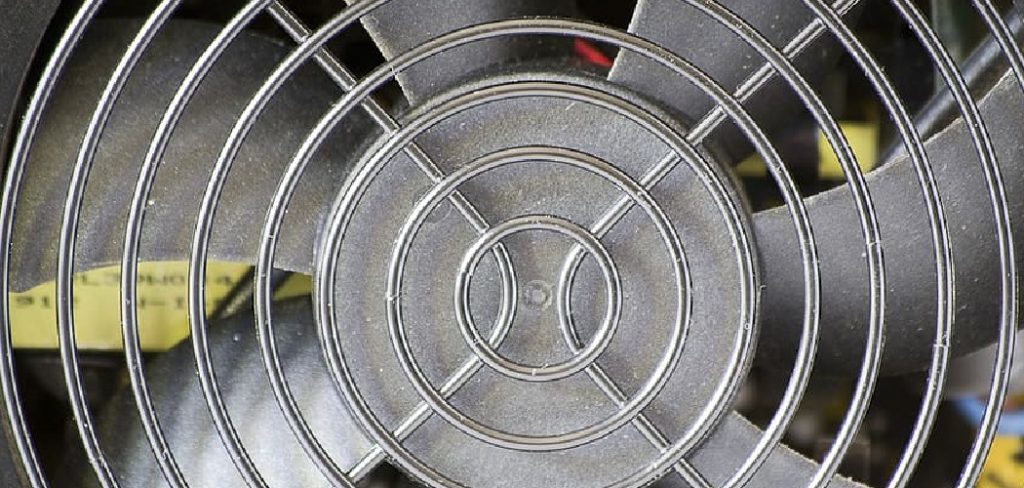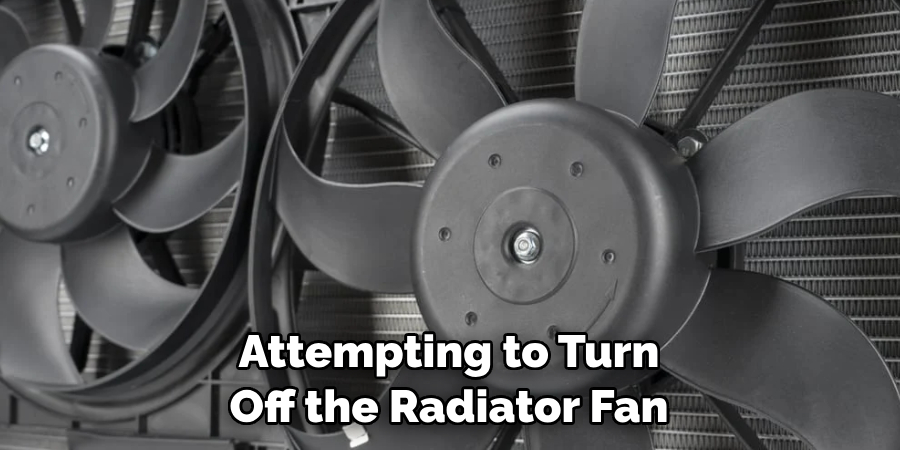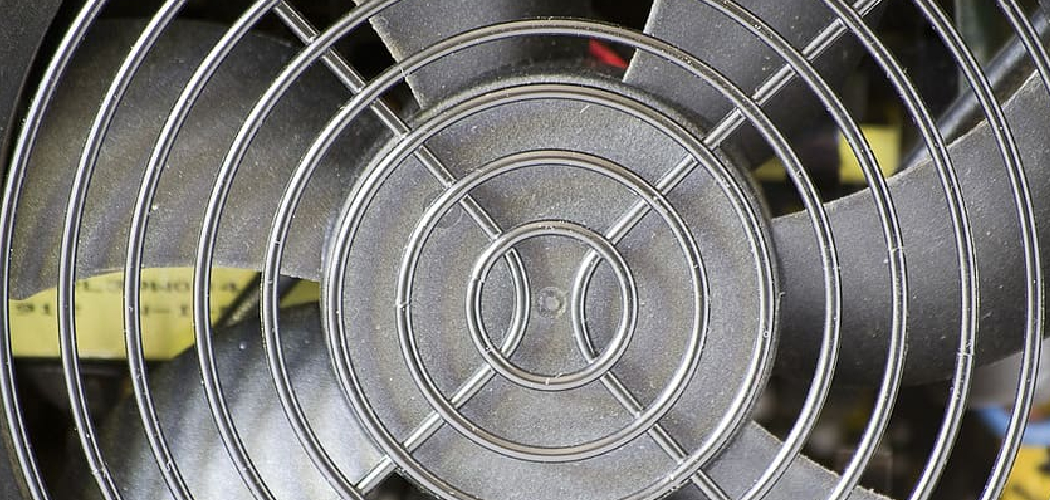Effectively managing your vehicle’s temperature is vital for optimal engine performance, and the radiator fan plays a pivotal role in this cooling process. However, there are instances where manually turning off the radiator fan becomes necessary, such as during engine maintenance or troubleshooting overheating issues. Knowing how to turn off the radiator fan is a valuable skill that can prevent unnecessary wear on the fan motor and promote efficient cooling system operation.

In this comprehensive guide, we will walk you through the step-by-step process of how to turn off radiator fan, whether you’re a seasoned car enthusiast or a novice looking to gain a better understanding of your vehicle’s cooling system. By mastering this essential skill, you’ll be better equipped to address temperature-related concerns and ensure the longevity and optimal functioning of your vehicle’s engine. Join us as we explore the practical steps involved in temporarily disengaging the radiator fan to empower you with the knowledge needed for effective automotive maintenance.
Importance of Turning Off the Radiator Fan
Before we dive into the specifics of how to turn off the radiator fan, it’s crucial to understand why this skill is necessary. The primary purpose of the radiator fan is to regulate engine temperature by drawing air through the radiator, allowing heat to dissipate and keep the engine cool. However, in certain situations, such as when performing engine maintenance or dealing with overheating issues, manually turning off the radiator fan can be advantageous.
Engaging the fan during engine maintenance can cause harm to moving parts and create potential safety hazards. Additionally, if your vehicle is experiencing overheating issues due to a malfunctioning fan or other factors, turning it off temporarily may help prevent further damage until repairs can be made. Thus, knowing how to turn off the radiator fan can save you time, money, and potential long-term consequences.

Understanding the Radiator Fan System
To effectively turn off the radiator fan, it’s beneficial to have a basic understanding of its components and how they work together. The three main parts of the system are the fan motor, relay switch, and temperature sensor. The fan motor is responsible for powering the blades that move air through the radiator. The relay switch acts as a trigger, turning on or off when signaled by the temperature sensor, which monitors engine temperature and activates the fan as needed.
Now that we have a better understanding of how the radiator fan operates let’s jump into the steps involved in turning it off effectively.
10 Steps How to Turn off Radiator Fan
1. Locate the Radiator Fan Switch
The first step to turning off your radiator fan is to locate the switch. This can usually be found near the engine or on the dashboard of your car.
2. Turn Off the Ignition
Before attempting to turn off the radiator fan, make sure to turn off your car’s ignition. This will prevent any accidents or injuries while working on the fan.

3. Use a Key
Some cars have a specific key that can be inserted into the radiator fan switch and turned to shut it off. Check your car’s manual to see if this option is available.
4. Pull out The Fuse
If you cannot find a switch, you can also remove the fuse that controls the radiator fan. The location of this fuse varies by car, so consult your manual for assistance.
5. Disconnect the Battery
Another way to turn off the radiator fan is to disconnect your car’s battery. This will cut power to all electrical components, including the fan.
6. Use a Scan Tool
For newer cars with electronic systems, you may need a scan tool to turn off the radiator fan. This device can communicate with your car’s computer and control various functions, including turning off the fan.
7. Unplug the Wiring Harness
If you are comfortable working under the hood of your car, you can unplug the wiring harness that connects to the radiator fan motor. This will stop power from reaching the fan and turn it off.
8. Wait for It to Cool Down
If your car has been running for a while and you want to turn off the radiator fan manually, wait for it to cool down first. Trying to touch or work on hot components can result in burns or other injuries.
9. Check for Any Damage
While turning off your radiator fan, take this opportunity to check for any damage or wear and tear on its components. If necessary, make repairs or replace parts before turning it back on.
10. Seek Professional Help
If you are unsure about how to turn off your radiator fan or suspect there may be a larger issue at hand, it is best to seek the help of a professional mechanic. They have the experience and tools needed to safely and effectively turn off your radiator fan.

Tips and Precautions When Turning Off the Radiator Fan
When working with any car component, particularly the cooling system, there are a few important tips and precautions to keep in mind to ensure your safety and the longevity of your vehicle.
- Always Wear Protection: Automotive work can be hazardous, and it’s crucial to protect your eyes and hands. Always wear safety glasses and gloves when handling car components.
- Discharge Static Electricity: Before touching any electrical component of the vehicle, make sure to discharge any static electricity by touching a metal part of the car. This can prevent damage to sensitive parts.
- Never Work on a Hot Engine: It’s critical to ensure the engine and the radiator fan have cooled down completely before starting any work. Touching hot engine parts can not only cause serious burns but also damage the components themselves.
- Disconnect the Battery Before Working: Always disconnect the negative terminal of your car battery before starting work on the radiator fan or any other electrical system in the vehicle. This can prevent any electrical mishaps.
- Know Your Limits: If at any point you’re unsure about the work you’re doing or feel uncomfortable, it’s best to call a professional. It’s always better to be safe than sorry.
- Maintain Regular Checks: Regular checks of the radiator fan and the cooling system can help you spot potential issues early and prevent costly repairs later on.
Remember, while turning off the radiator fan yourself can be a useful skill, it’s essential to prioritize safety and know when to seek professional help.
Common Issues and Troubleshooting the Radiator Fan
While working with the radiator fan, you may encounter some common issues. Here’s a brief guide to help you troubleshoot these problems.
Fan Isn’t Running
If you notice that your fan isn’t running even though your engine is heated, it could be a sign of a malfunctioning temperature sensor or a faulty wiring connection. To diagnose this, use a voltmeter to check if there’s power reaching the fan. If there’s no power, consider replacing the sensor or repairing the wiring.
Fan Runs Continuously
The fan running continuously even when the engine is cold could indicate a faulty relay switch. The relay switch could be stuck in the ‘on’ position causing the fan to operate non-stop. In this case, replacing the relay switch should solve the problem.

Noisy Fan
If your fan is making excessive noise, it could point to worn-out bearings or damaged fan blades. Inspect the fan for any visible damages and consider replacing the fan if the noise doesn’t subside with minor fixes.
Fan Spins Slowly
A slow-spinning fan might not provide sufficient cooling, leading to overheating. This could be due to a weak motor or an electrical issue. Check the voltage reaching the fan motor – if it’s low, the problem could be a weak battery or a fault in the electrical circuit.
Remember, while minor issues can often be fixed at home, more serious problems warrant a visit to a professional mechanic. Always prioritize safety and don’t hesitate to seek professional help when necessary.
Conclusion
Now that you have all the necessary information and steps to turn off your radiator fan, it’s time to put it into action! Whether you are looking to save money on your energy bills or simply want to reduce noise pollution, knowing how to turn off your radiator fan is a valuable skill. Remember, always prioritize safety by following proper protocol when handling any electrical components. And don’t hesitate to seek professional assistance if needed.
With just a few simple steps, you can now control the operation of your radiator fan and make adjustments according to your needs. So go ahead and try out these methods on how to turn off radiator fan! Take charge of your comfort and become more environmentally conscious by mastering how to turn off your radiator fan today. Thank you for joining us on this journey towards a more efficient and sustainable living.

